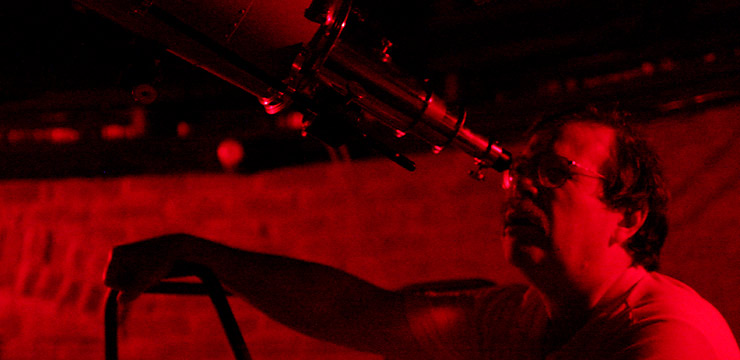
Craig Cortis
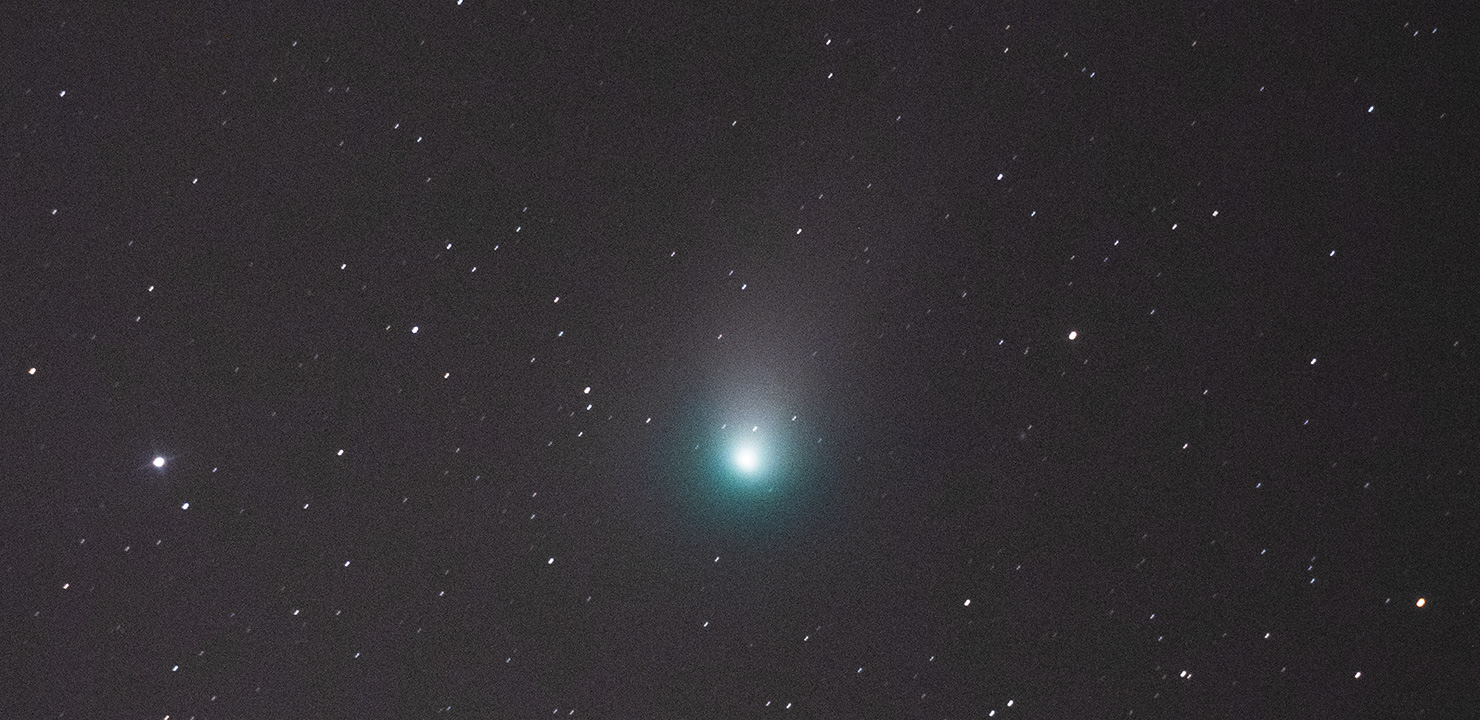

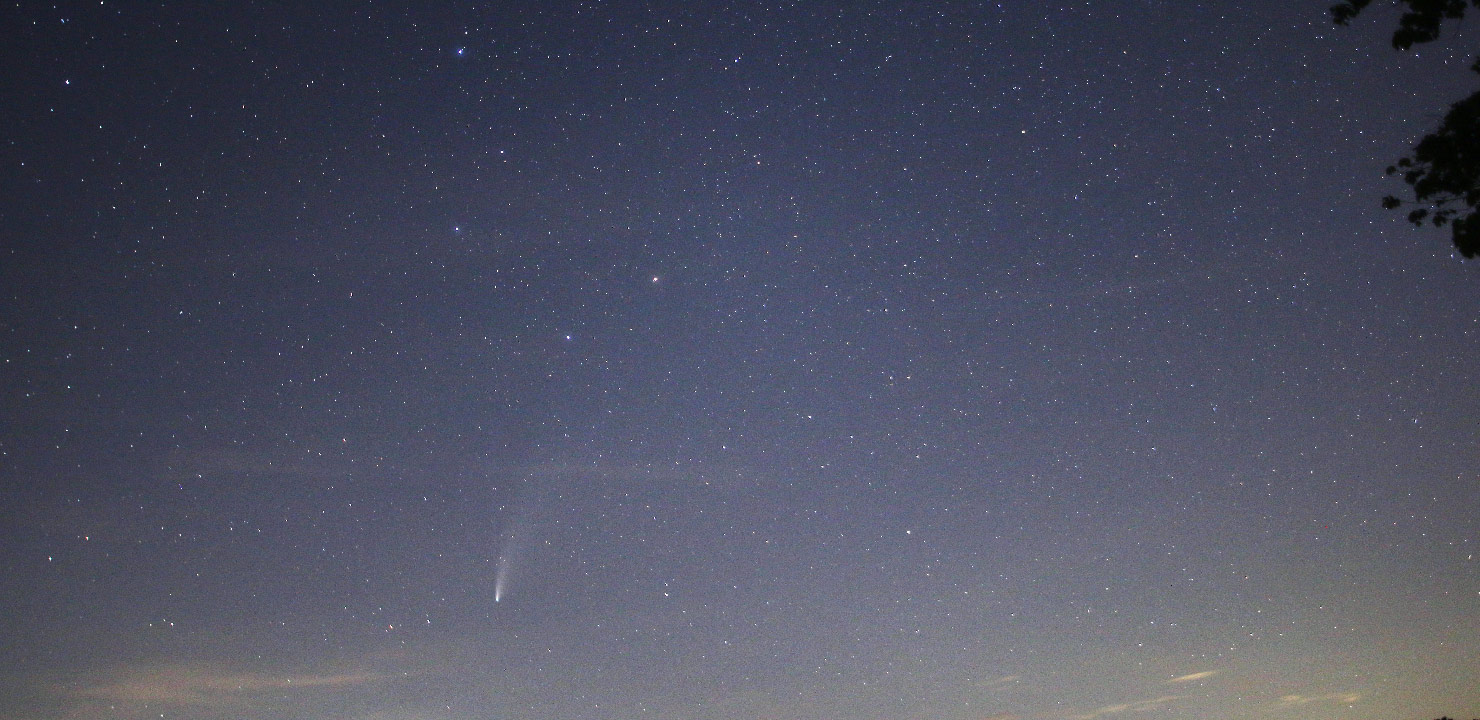
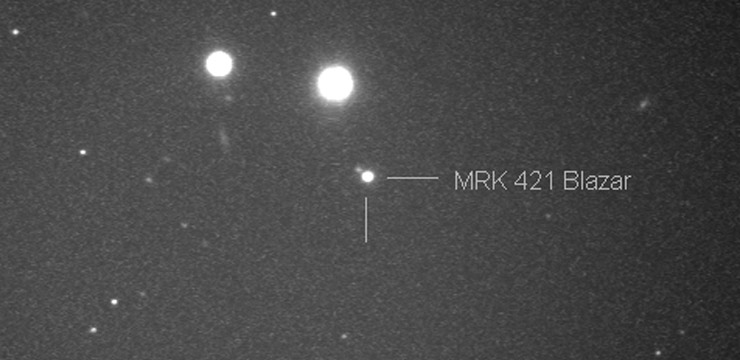
Seeking Markarian 421: The Brightest Blazar
A “Star” That Wasn’t Supposed to be There
A Star-Hop that Finally Worked!
Corona Australis & the Southern Limits of Sagittarius
Can You Find a Quasar? (You Might be Surprised)
Avoiding the “Trash Scope” Trap
Taking the Broad View: Skywatching with your Naked Eyes
Cygnus X-1: A Black Hole You Can Find!
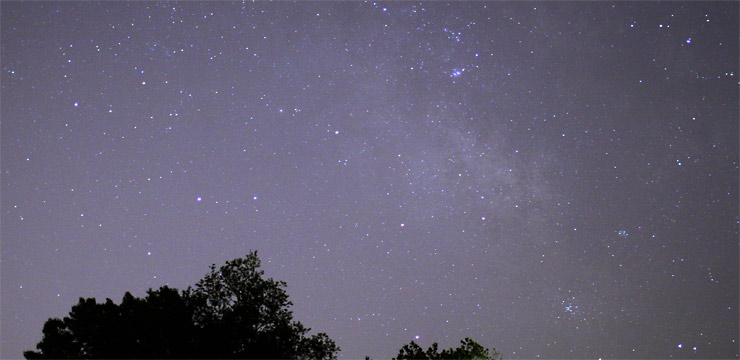
The Heart of our Milky Way Galaxy
Round and Round (the Celestial Pole) We Go…

A Better Galaxy Guide: Late Spring
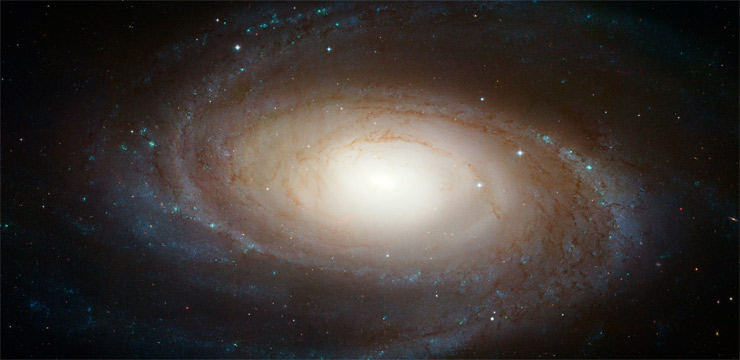
A Better Galaxy Guide: Early Spring
A White Dwarf You can Actually See!
Sometimes Binoculars are Best
Exploring the Southern Constellations

A Starhop Through Scutum
August 5, 2011: Monthly Meeting
Organizing an observing list during a month-long stay in Florida
February 4, 2011: Monthly Meeting
Where the Southern Cross Rises
August 7, 2009: Monthly Meeting
Member Presentations
January 2, 2009: Monthly Meeting
Observing at the Everglades
September 3, 1999: Monthly Meeting
Star Hopping
November 1, 1996: Monthly Meeting



